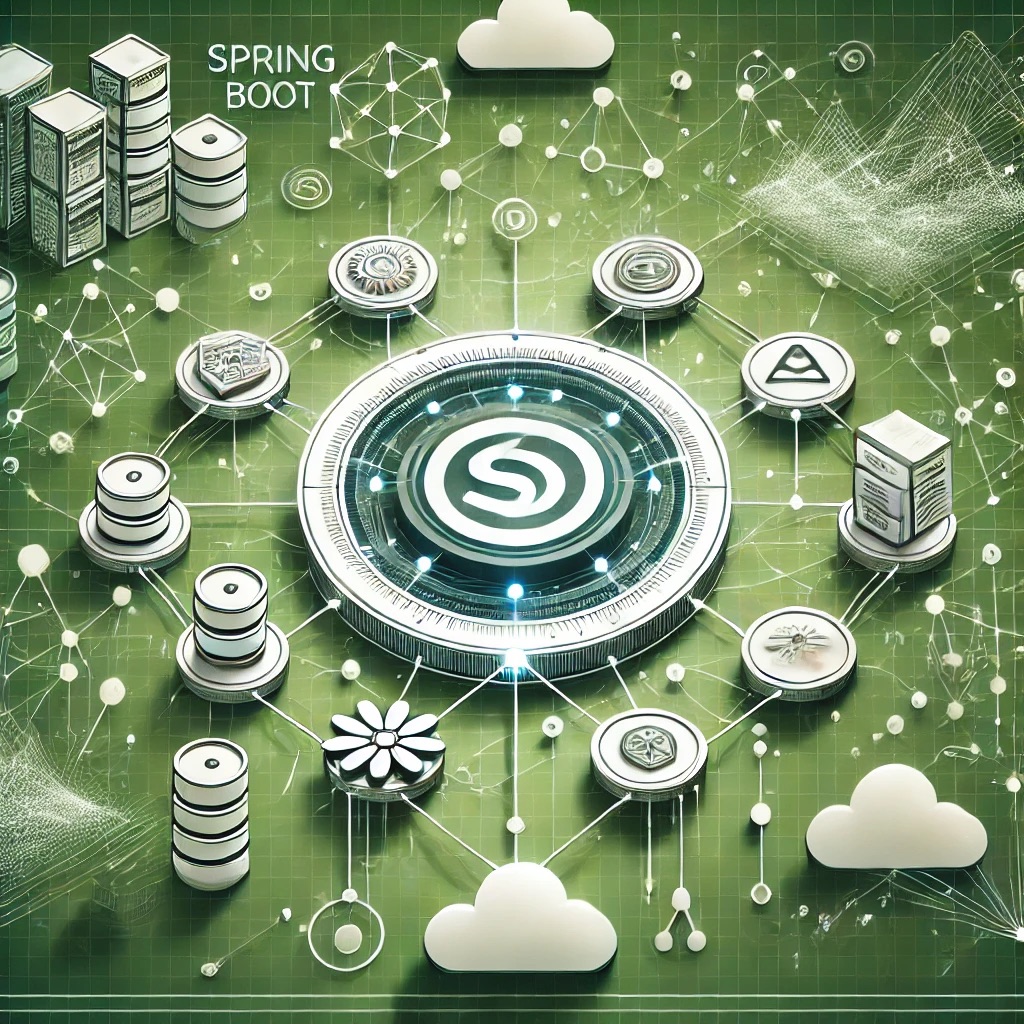Background: Understanding TeamCity Build Queuing
How TeamCity Handles Concurrent Builds
TeamCity assigns builds to agents via a build queue. If agents are unavailable or misconfigured, builds remain in the queue, often for long periods. TeamCity's behavior is governed by compatibility checks, agent pools, build priorities, and custom triggers—all of which influence queue dynamics. In large environments, queue buildup can lead to:
- Inconsistent build times
- Blocked deployments
- Increased infrastructure costs from idle agents
Root Causes of Build Queue Congestion
- Insufficient build agents or poorly distributed agent pools
- Builds requiring exclusive agents or special capabilities
- VCS polling or trigger floods due to frequent commits
- Unbounded or recursive trigger chains
- Resource leaks in long-running builds
Architectural Considerations
Agent Pools and Specialization
Assigning all builds to a generic agent pool often leads to starvation when specialized builds require capabilities (e.g., Docker, Android SDK) that only a subset of agents support. It's critical to define agent requirements in build steps and segment agents into pools by capability.
Trigger Optimization
Unchecked VCS triggers—especially in monorepos—cause cascading build initiations that quickly saturate the queue. Using branch filters, file path rules, and quiet periods can help prevent this.
Diagnostics
Identifying Build Starvation
Navigate to the "Build Queue" in TeamCity UI and check for builds marked with "Waiting for Compatible Agent". Use the following tools:
Administration > Agents > Compatible Configurations- Agent logs:
teamcity-agent.logandbuildAgent.properties - Server logs:
teamcity-server.log
CLI and REST API Debugging
curl -u username:token https://teamcity.example.com/httpAuth/app/rest/buildQueue curl -u username:token https://teamcity.example.com/httpAuth/app/rest/agents
These endpoints allow scriptable inspection of queue depth and agent compatibility.
Step-by-Step Resolution
1. Segment Agent Pools
Go to Administration > Agent Pools and:
- Create pools based on platform, language, or tools
- Assign projects and build configurations explicitly
2. Define Build Requirements
In each build configuration:
Build Steps > Add Requirement Requirement: "env.DOCKER_HOST" exists Requirement: "teamcity.agent.jvm.os.name" equals "Linux"
3. Optimize Triggers
Trigger Settings: - Use branch filter: +:refs/heads/main - Add path rules: +:src/** -:docs/** - Set Quiet Period: 30 seconds
4. Increase Agent Capacity
- Provision on-demand cloud agents with auto-scaling
- Ensure custom images have latest build tools preinstalled
5. Implement Build Prioritization
Administration > Project Settings > Build Features Add: Priority Classifier Example Rule: if %branch% == main → High Priority
Best Practices
- Use templates for consistent build config across projects
- Monitor agent utilization via built-in metrics or Prometheus plugin
- Avoid recursive trigger chains unless absolutely necessary
- Run load tests periodically using synthetic VCS events
- Leverage the Kotlin DSL to version and audit build config changes
Conclusion
Build queue congestion and agent starvation are silent killers of CI/CD velocity in TeamCity environments. While seemingly benign, they signal deeper architectural or process-level inefficiencies. By segmenting agent pools, defining explicit requirements, optimizing triggers, and leveraging infrastructure elasticity, teams can restore throughput and reduce MTTR. Investing in observability and configuration as code ensures resilience as scale and complexity grow.
FAQs
1. How many builds can TeamCity queue safely?
There is no hard limit, but performance may degrade with thousands of queued builds unless the server and database are scaled appropriately.
2. Can agents be auto-scaled in TeamCity?
Yes. TeamCity supports cloud profiles with AWS, Azure, GCP, and custom Docker-based agents that scale based on queue depth.
3. Why do builds say "Waiting for Compatible Agent" even when agents are idle?
Most likely, the build requirements do not match any agent capabilities. Check the build configuration requirements against available agents.
4. How do I reduce noisy triggers from monorepos?
Use file path rules to trigger builds only when relevant directories change, and apply branch filters to exclude dev or experimental branches.
5. Is it safe to delete builds from the queue manually?
Yes, but it should be done with caution to avoid discarding critical deployments. Automate cleanup using REST API if needed.



